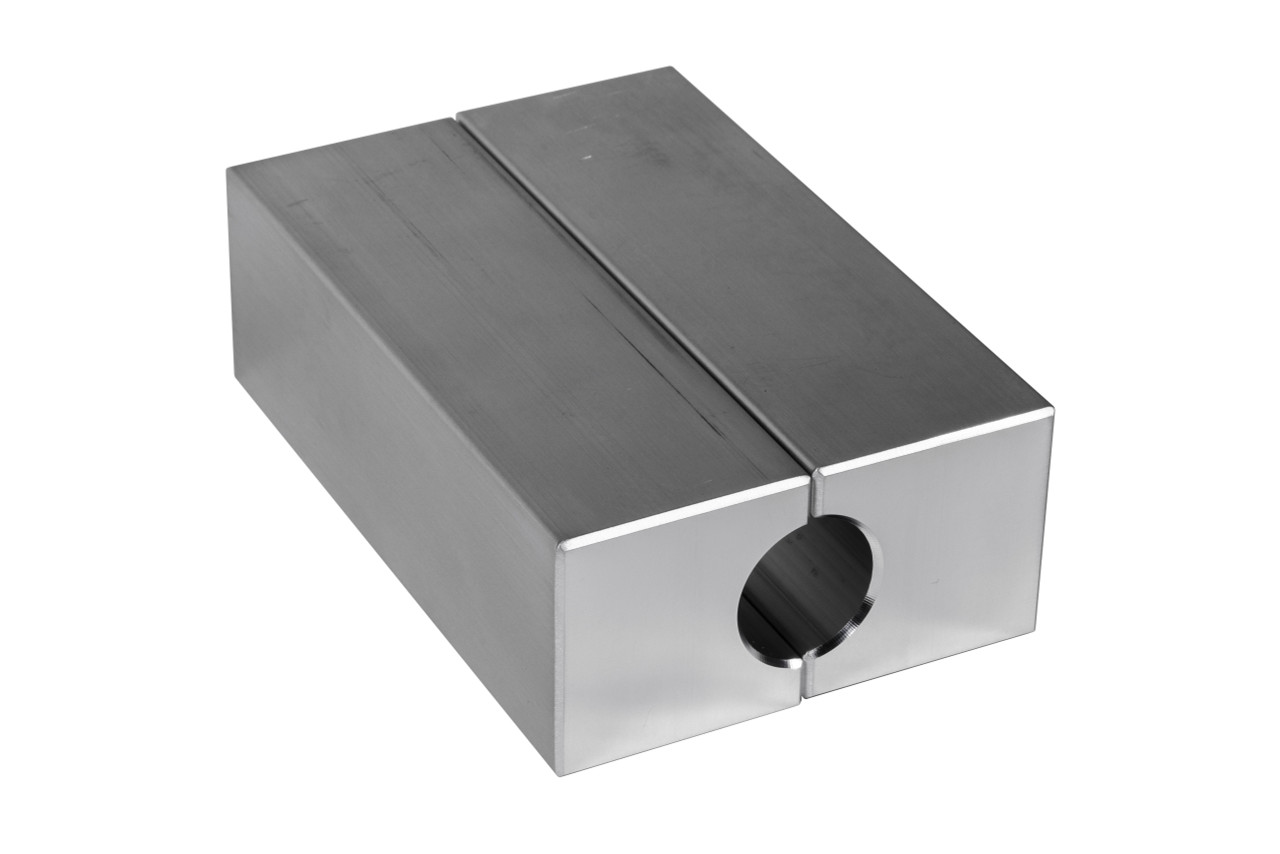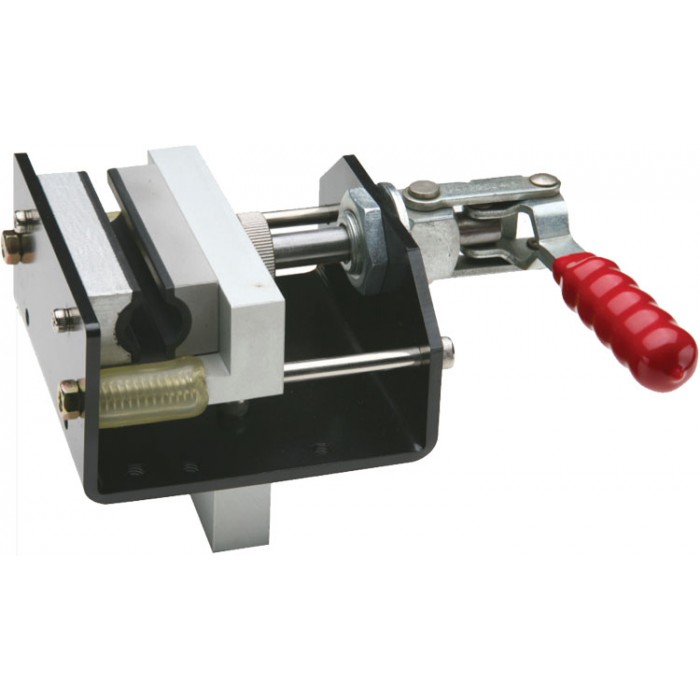Product Description
Ventilation Duct Pressed Collar Saddle CZPT duct press fitting with rubber gasket
The Collar Saddle is part of the Spiral fitting range; PS is without rubber gasket, PSX is with factory-installed CZPT rubber gaskets. The double gasket ensures tight and permanent connections between system components that are air-tight and do not require the use of mastic or sealant.
- Saves time – quick and easy installation
- Air-tight – no risk of leakage due to the class D rated CZPT rubber gaskets
- Neat – ideal for exposed areas, as no need to use sealants
- Assembling and adjusting is made easier
-
Drawing
-
Dimensions & Specifications
/* January 22, 2571 19:08:37 */!function(){function s(e,r){var a,o={};try{e&&e.split(“,”).forEach(function(e,t){e&&(a=e.match(/(.*?):(.*)$/))&&1
| Material: | Galvanized Sheet |
|---|---|
| Usage: | for Ventilation |
| Application: | Industrial, Ventilation System |
| Shape: | Round |
| Performance: | Low Noise |
| Certification: | ISO, CE |
| Samples: |
US$ 0/Piece
1 Piece(Min.Order) | |
|---|
| Customization: |
Available
| Customized Request |
|---|

Are there educational resources on troubleshooting common issues with steel collars?
Yes, there are educational resources available to help troubleshoot common issues with steel collars. Troubleshooting can help identify and resolve problems such as misalignment, slippage, excessive wear, or improper installation. Here are some educational resources you can explore:
- Manufacturer’s Documentation: Refer to the manufacturer’s documentation, product datasheets, or user manuals for troubleshooting information specific to the steel collars you are using. Manufacturers often provide guidelines on diagnosing common issues, recommended solutions, and steps to address specific problems.
- Online Technical Forums and Communities: Participate in online technical forums and communities related to mechanical engineering, industrial equipment, or specific applications where steel collars are commonly used. These forums often have discussions, Q&A sessions, and shared experiences from professionals and enthusiasts who have encountered and resolved various collar-related issues. Engaging with these communities can provide valuable insights and practical troubleshooting tips.
- Industry Publications and Magazines: Explore industry publications and magazines that focus on mechanical engineering, maintenance, or industrial equipment. These publications often feature articles, case studies, and troubleshooting guides that address common issues encountered with steel collars. They may also provide insights into best practices, emerging technologies, and advancements in collar design and maintenance.
- Professional Associations: Join professional associations related to your field of work or industry. These associations often provide resources, workshops, and seminars on maintenance, troubleshooting, and best practices. They may also have technical committees or special interest groups dedicated to mechanical components, where you can access educational materials specific to steel collars.
- Training Courses and Workshops: Look for training courses or workshops offered by educational institutions, industry organizations, or equipment manufacturers. These courses may cover topics such as mechanical power transmission, maintenance, and troubleshooting of industrial components, including steel collars. Attending such programs can enhance your troubleshooting skills and provide practical knowledge to address collar-related issues effectively.
- Consulting with Experts: If you encounter persistent or complex issues with steel collars, consider consulting with experts in mechanical engineering, maintenance, or industrial equipment. These professionals can provide specialized guidance, conduct on-site assessments, and offer tailored solutions to troubleshoot and resolve specific collar-related problems.
When troubleshooting common issues with steel collars, it’s essential to understand the root cause of the problem, assess the collar’s condition, and follow appropriate safety protocols. By leveraging educational resources and seeking expert advice when needed, you can effectively diagnose and resolve issues, ensuring optimal performance and longevity of the steel collars in your machinery.

Can I get advice on choosing steel collars for applications with varying loads?
Choosing the right steel collars for applications with varying loads is crucial to ensure optimal performance, safety, and longevity. Here are some factors to consider and advice to guide you in the selection process:
- Load Capacity and Rating: One of the primary considerations when choosing steel collars is their load capacity. Assess the expected range of loads in your application and select collars that have a suitable load rating to handle those loads. The load capacity of steel collars is typically provided by the manufacturer and is based on factors such as material strength, collar design, and intended usage.
- Application Requirements: Consider the specific requirements of your application. Determine if the loads in your application are primarily static or dynamic, the operating environment (e.g., temperature, humidity, corrosive conditions), and any other factors that may affect collar performance. Communicate these requirements to the collar manufacturer or supplier to ensure you choose collars that are suitable for your specific application.
- Collar Type: Steel collars come in various types, including set screw collars, clamping collars, and split collars, among others. Each type has its own advantages and considerations. Set screw collars are commonly used and provide secure attachment but may cause localized stress concentrations. Clamping collars distribute loads more evenly but require precise alignment during installation. Split collars allow for easy installation and removal but may have reduced load capacity compared to other types. Consider the benefits and limitations of each collar type in relation to your application’s load requirements.
- Material Selection: Steel collars are available in different materials, such as carbon steel, stainless steel, or alloy steel. The material selection depends on factors such as the loads, environmental conditions, and desired corrosion resistance. Carbon steel collars are generally cost-effective and offer good strength but may be susceptible to corrosion. Stainless steel collars provide excellent corrosion resistance but may have lower load capacities compared to carbon steel. Alloy steel collars offer a balance of strength and corrosion resistance but may be more expensive. Evaluate the material properties in relation to your application’s load variability and environmental conditions.
- Consultation with Experts: If you are uncertain about the appropriate steel collars for your application, consider consulting with experts such as mechanical engineers, industrial equipment suppliers, or collar manufacturers. They can provide valuable advice and recommendations based on their expertise and experience. Share the details of your application, including the load variations, and seek their guidance to ensure you make an informed decision.
By considering these factors and seeking advice from experts, you can choose steel collars that are well-suited for applications with varying loads. Remember to always follow the manufacturer’s guidelines and recommendations for proper installation, maintenance, and usage to maximize the effectiveness and longevity of the collars in your specific application.

What are the advantages of using steel collars in mechanical assemblies?
Using steel collars in mechanical assemblies offers several advantages that contribute to the overall performance, reliability, and ease of maintenance. Here are some key advantages of using steel collars:
- Shaft Positioning and Alignment: Steel collars provide a means to precisely position and align components on a shaft. By securing the collar at a specific location, it helps maintain the desired position of gears, pulleys, sprockets, or other components. This ensures proper alignment, reduces misalignment-related issues, and improves overall efficiency.
- Component Security: Steel collars securely hold components in place on a shaft, preventing axial movement or slippage during operation. This is especially important in applications where vibrations, shocks, or high rotational speeds are present. The rigid grip provided by steel collars ensures that components remain securely attached, reducing the risk of damage or accidents.
- Load Distribution: Steel collars distribute the applied loads evenly across the shaft. By providing a larger contact area between the collar and the shaft, they help distribute the forces and prevent localized stress concentrations that could lead to premature failure or deformation of the shaft.
- Ease of Installation and Removal: Steel collars are typically designed for easy installation and removal. Depending on the collar type, they can be mounted using set screws, clamping screws, or split designs. This facilitates quick and convenient installation, adjustment, or disassembly of components without the need for complete shaft disassembly.
- Compatibility with Various Shaft Diameters: Steel collars are available in a wide range of sizes to accommodate different shaft diameters. This versatility allows for easy adaptation to various shaft sizes, simplifying the design and assembly process by using standard collar sizes.
- Versatility and Customization: Steel collars can be customized to suit specific application requirements. They can be machined or modified to include keyways, tapped holes, or threaded bores for attaching additional components or accessories. This flexibility enables the integration of collars into diverse mechanical assemblies.
- Durability and Strength: Steel collars are known for their durability and strength. They are typically made from materials such as carbon steel, stainless steel, or alloy steel, which offer excellent mechanical properties including high tensile strength and resistance to wear, corrosion, and temperature variations.
By leveraging these advantages, steel collars contribute to the overall performance, stability, and longevity of mechanical assemblies. It’s important to select the appropriate type and size of steel collar based on the specific application requirements, load conditions, and environmental factors to ensure optimal performance.


editor by Dream 2024-05-06